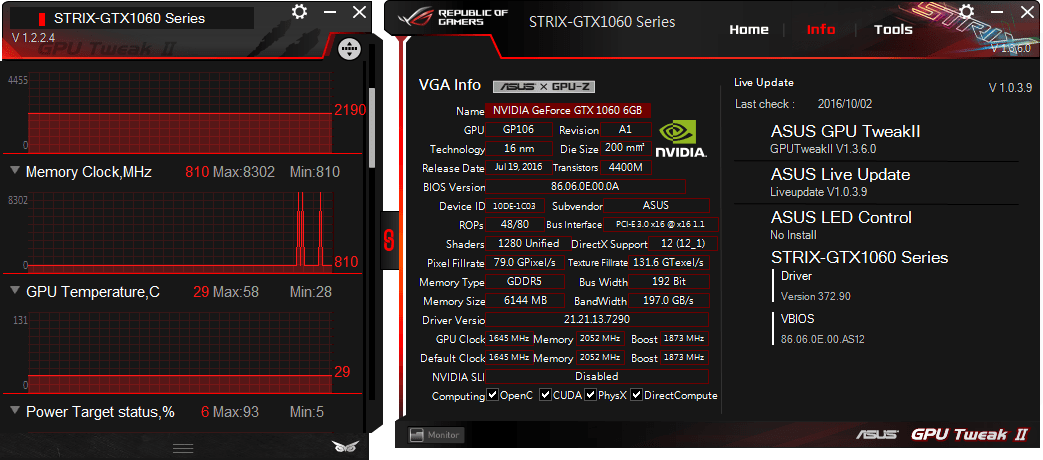

LED Sync that syncs with other EVGA RGB components.RGB LED Control supporting graphics cards and/or NVLink Bridge.Full support for GeForce RTX and select GTX Graphics Cards.Real-Time wattage monitoring (on supported EVGA graphics cards).Brand new GUI that is faster and easier to use.When paired with an NVIDIA Turing graphics card, the new EVGA Precision X1 will unleash its full potential with a built in overclock scanner, adjustable frequency curve and RGB LED control. With a brand new layout, completely new codebase, new features and more, the new EVGA Precision X1 software is faster, easier and better than ever. Then, I close Afterburner, open Precision, disable K Boost, close Precision, and then open Afterburner and that's it.Introducing EVGA Precision X1.

When I want to make any adjustments to my overclock, I close Afterburner, open Precision, enable K Boost, close Precision, open Afterburner back up and I make my changes until I'm satisfied. For this reason, I have both Afterburner and Precision installed and I use Afterburner for all of my overclocking and fan profile needs (I even use Precision for video capture and screenshots). I prefer Afterburner's simple skin called "Default MSI Afterburner skin - big edition". With K Boost enabled, the clock speeds and voltage go up to the 3D performance level and stay there, which means you don't have to start up something like Furmark just to see what your actual voltage and clock speeds are. Of course, Precision has K Boost which can be useful when adjusting an overclock. They're really just the same program with a different skin. Under the hood, they are basically identical, so I'm not able to vote.


 0 kommentar(er)
0 kommentar(er)
